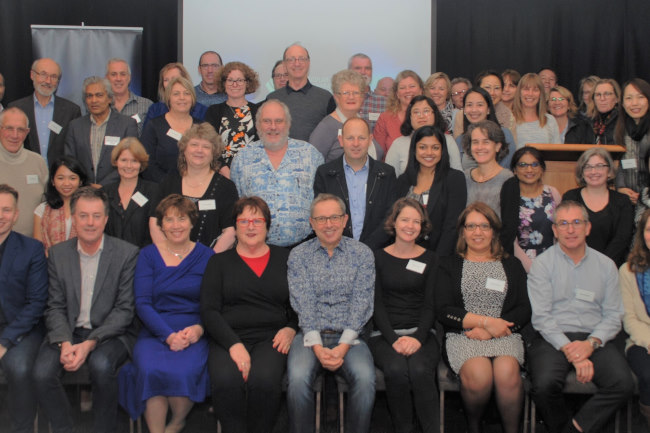MOH boosts eye care
The Ministry of Health (MOH) has announced a new year-long collaborative ophthalmology project aimed at reducing waiting times and improving care for people with eye conditions, with a focus on age-related macular degeneration (AMD) and glaucoma. The announcement comes as the long-awaited, government-commissioned Tier 3 (model-of-care) report by Ernst and Young (EY), comprising assessment and recommendations with regard to AMD, is finally released to stakeholders.
Ministry of Health chief medical officer, Dr Andrew Simpson, said the current focus was on supporting District Health Boards (DHBs) to deliver services in a timely way. “DHBs are responsible for decisions relating to the provision of eye health services for their populations, including the amount of funding allocated to community optometrists. As part of the work going on to improve eye health services, DHBs are being encouraged to consider successful models of community-provided services.”
Dr Simpson said the ministry, in partnership with the Ophthalmology Service Improvement Expert Advisory Group, would run workshops and give extra support to DHBs to help them offer the best eye care possible in a timely way. This will encourage DHBs to share successful ways of improving ophthalmology services and implementing the recently-released Royal Australian and New Zealand College of Ophthalmologists (RANZCO) guidelines for AMD and glaucoma referrals, he said. Nationally, the number of people waiting 50% longer than their intended time for follow-up eye appointments has reduced from more than 10,000 people in May 2017 to less than 2400 in September 2018, added Dr Simpson. “This is a vast improvement, but we need to do even better. Our population is ageing and more people are developing chronic eye conditions, which will continue to put pressure on our ophthalmology services so it is imperative that we support DHBs to make changes now so that services are sustainable into the future.”
The EY Report was commissioned in 2017 following RANZCO’s campaign to highlight the plight of many of the country’s MD patients who were going blind while waiting for treatment. The report’s stated purpose is to aid understanding of current models-of-care for AMD in New Zealand and propose a new system-level model-of-care for AMD in New Zealand. While government-backed eye health care is already heading in this direction, acceptance and implementation of the report’s recommendations (hopefully in the near future) should see faster adoption of the proposed model, more uniformity in eye health care delivery throughout New Zealand and, most needed, provision for funding and other resources to help promote awareness and provide better care.
Eye services update
- 19 DHBs have enhanced service delivery including changing their AMD model-of-care, for instance by employing, training and credentialing nurse injectors, and many are looking at maximising resource utilisation in all locations, eg. by engaging with primary care providers and utilising alternative clinical workers.
- A multidisciplinary expert advisory group was established in July 2017 to advise the ministry on improvements to hospital-based ophthalmology services.
- A RANZCO-led sub-committee has developed an updated clinical pathway for AMD, including recommended time-frames for treatment.
- The ministry is working with RANZCO and DHBs to implement guidelines for AMD management, with strong support from clinical directors and the NZ Association of Optometrists (NZOA). DHBs are also trying to deliver care in the most appropriate location as close to patients as possible.
- DHBs are working on improving production planning processes to more accurately forecast service configuration and workforce implications for appropriate service delivery.
For the full report visit http://www.eyeonoptics.co.nz/media/2650/ey-amd-report.pdf



























